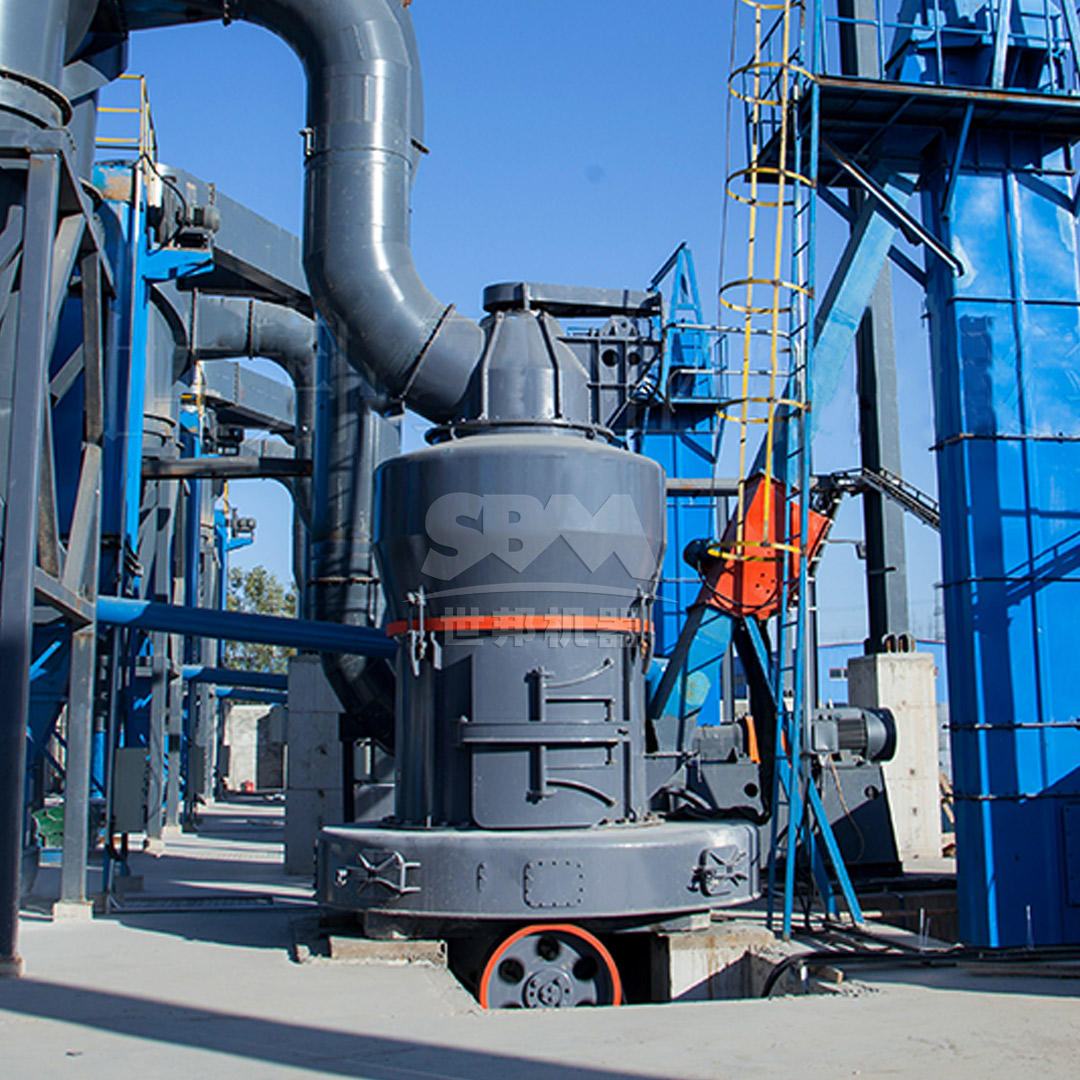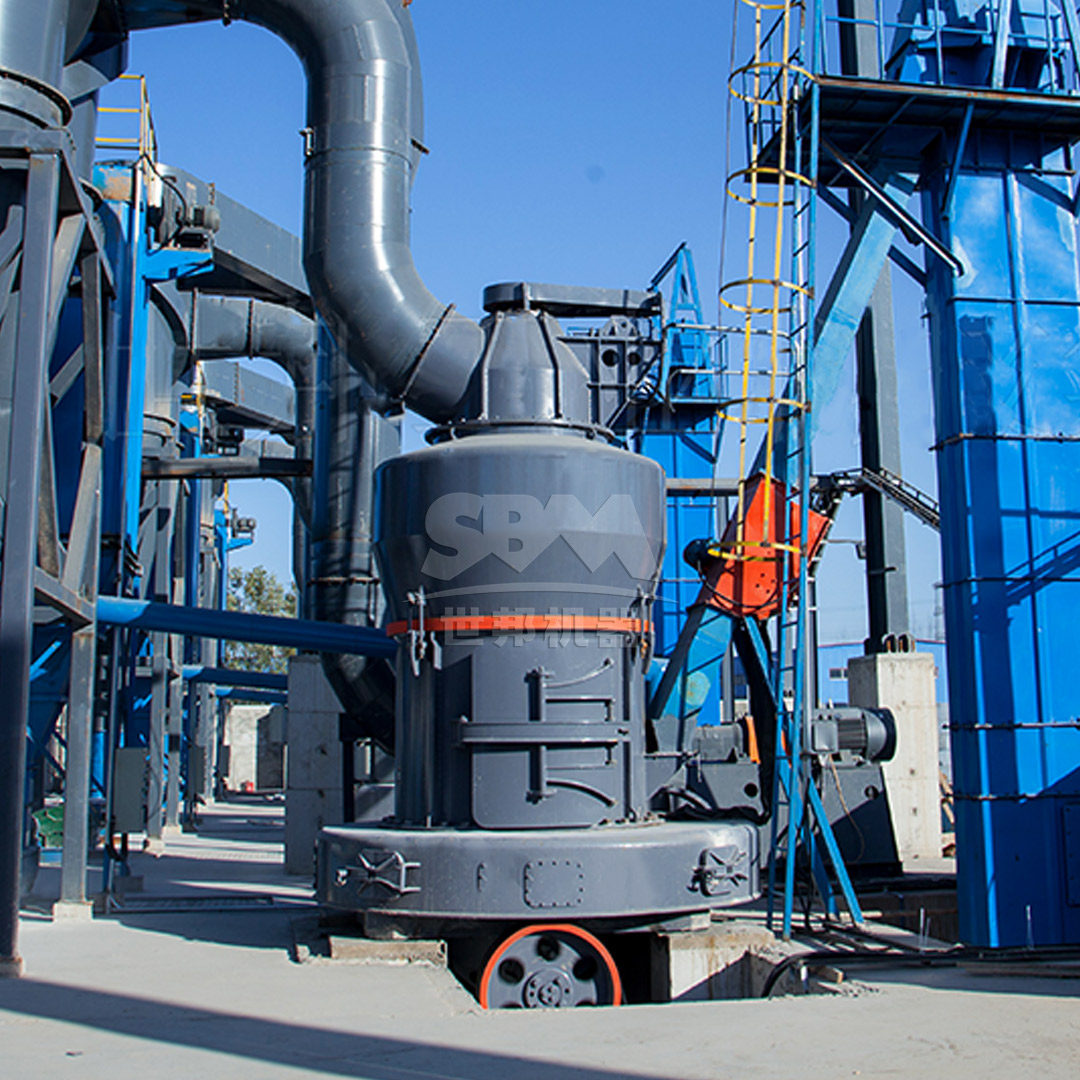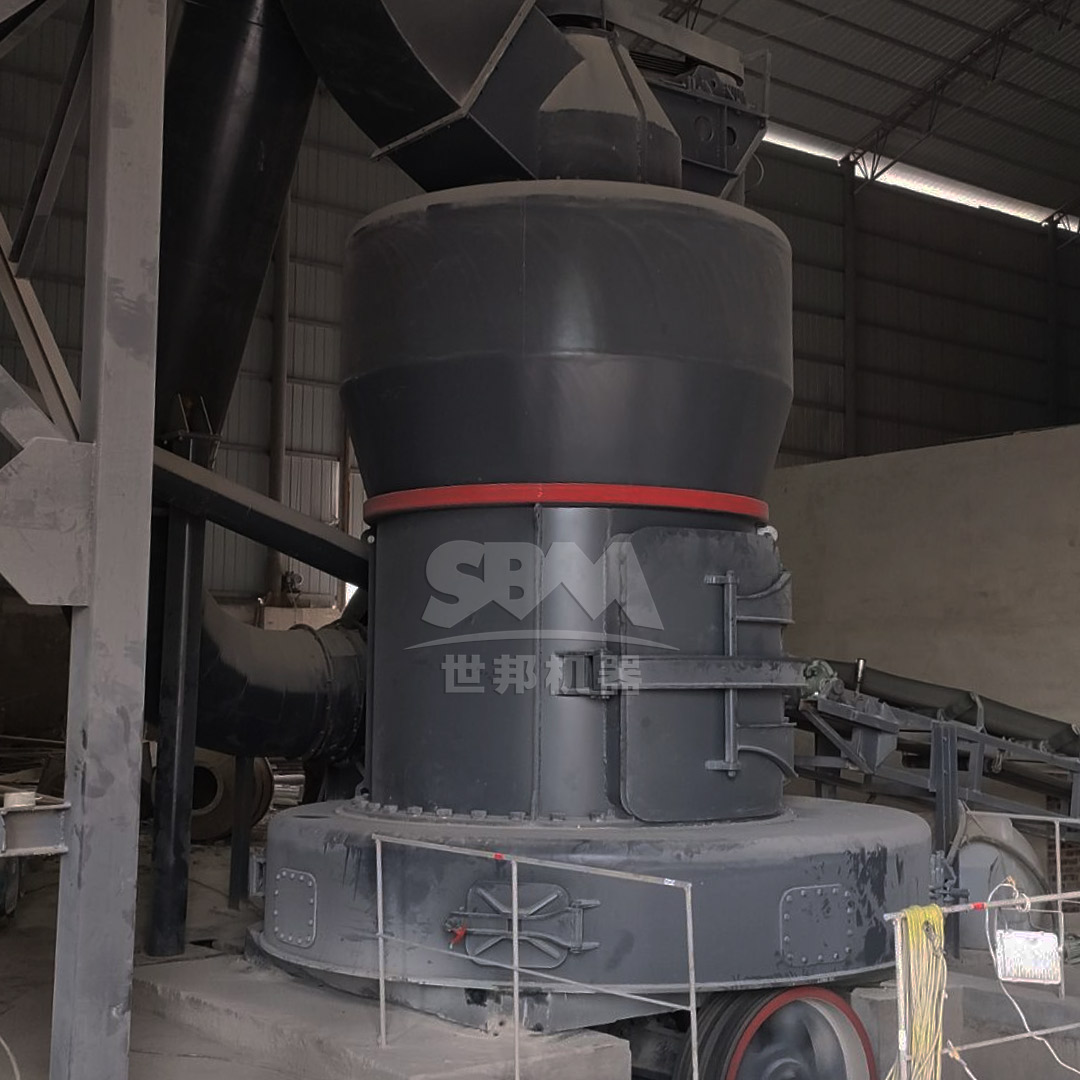The production of high-quality refractory materials begins with the precise processing of raw bauxite. As the primary source of alumina, bauxite must be ground to specific particle size distributions to achieve optimal sintering properties, density, and thermal stability in refractory products. Selecting the appropriate grinding mill is therefore a critical decision that directly impacts product quality, production efficiency, and operational costs.
Bauxite grinding presents unique challenges due to its abrasive nature, variable hardness, and the need for controlled particle morphology. The ideal mill must not only achieve the target fineness but also maintain consistent particle size distribution, minimize contamination, and operate efficiently within the refractory production workflow.
This comprehensive guide examines the key factors in bauxite grinding mill selection, compares different mill technologies, and provides practical recommendations for refractory manufacturers seeking to optimize their grinding processes for superior product quality.
Bauxite used in refractory production differs significantly from that used in aluminum extraction. Refractory-grade bauxite requires high alumina content (typically >85%), low iron oxide, and controlled levels of silica and titania. These chemical requirements directly influence grinding behavior and mill selection.
The physical properties of bauxite vary considerably depending on the deposit. Hardness can range from 3 to 7 on the Mohs scale, while moisture content may vary from near-zero in calcined bauxite to 15-20% in raw materials. Abrasiveness is a particular concern, as silica content and hard mineral inclusions can accelerate wear on grinding components.
| Property | Typical Range | Impact on Grinding |
|---|---|---|
| Alumina Content | 85-90% | Determines hardness and grindability |
| Mohs Hardness | 3-7 | Affects wear rates and power consumption |
| Abrasion Index | 0.1-0.5 g | Critical for component longevity |
| Moisture Content | 1-20% | Influences drying requirements and flowability |
| Bulk Density | 1.2-1.6 g/cm³ | Affects mill capacity calculations |
Different refractory products require specific particle size distributions. High-alumina bricks typically need a bimodal distribution with coarse fractions (1-3mm) for structure and fine fractions (<75μm) for sintering. Monolithic refractories often require finer, more uniform distributions in the 45-150μm range.
The particle shape is equally important. Angular particles provide better packing density, while spherical particles improve flow characteristics in castables. Different mill types produce distinct particle morphologies, making this a crucial selection criterion.

Ball mills have been the standard for bauxite grinding for decades. These rotating cylinders containing grinding media (typically steel balls) operate on the principle of impact and attrition. They can handle a wide range of feed sizes and are capable of producing particles from coarse aggregates to fine powders.
For refractory applications, ball mills offer the advantage of producing particles with relatively sharp edges, which can enhance packing density in brick formulations. However, they suffer from high energy consumption, significant wear rates when processing abrasive materials, and limited control over particle size distribution without external classification systems.
Modern ball mills incorporate advanced lining materials and grinding media to reduce wear, and can be operated in closed circuit with air classifiers to improve efficiency. For large-scale refractory production requiring coarse to medium fines (0.074-0.8mm), ball mills remain a viable option, particularly when processing variability in feed materials.
Vertical roller mills (VRMs) have gained significant traction in bauxite grinding due to their superior energy efficiency compared to ball mills. VRMs operate by applying pressure to a bed of material between grinding rollers and a rotating table. This mechanism is particularly effective for medium-hard materials like bauxite.
The key advantages of VRMs for refractory bauxite grinding include:
For refractory manufacturers seeking to process bauxite in the 30-325 mesh range (600-45μm) with high efficiency, the MTW Series Trapezium Mill represents an excellent solution. This advanced European-style grinding mill combines robust construction with precision classification technology specifically suited for abrasive materials like bauxite.

The MTW mill features several innovations that make it ideal for refractory bauxite processing. Its curved air duct design minimizes resistance and improves material conveying efficiency, while the bevel gear overall transmission provides 98% transmission efficiency. The wear-resistant volute structure ensures longevity when processing abrasive bauxite, reducing maintenance costs by approximately 30% compared to conventional designs.
With capacity ranging from 3-45 tons per hour depending on model, and the ability to handle feed sizes up to 50mm, the MTW Series offers flexibility for various production scales. The integrated classification system allows precise control over final product fineness, critical for achieving consistent refractory properties.
For applications requiring very fine bauxite powders (typically below 45μm or 325 mesh), specialized ultrafine grinding technologies are necessary. These mills employ unique mechanisms to achieve fine particle sizes while controlling energy consumption.
Ultrafine grinding is particularly important for advanced refractory applications where specific surface area directly influences sintering behavior and final product density. The challenges in ultrafine bauxite grinding include managing heat generation, avoiding contamination from grinding media, and achieving narrow particle size distributions.
Among the most advanced solutions for ultrafine bauxite grinding is the SCM Ultrafine Mill, capable of producing powders in the 325-2500 mesh range (45-5μm). This mill incorporates several technological innovations that address the specific challenges of fine grinding refractory materials.
| Feature | Benefit for Bauxite Grinding |
|---|---|
| Vertical Turbine Classifier | Precise size cuts, no coarse powder contamination |
| Special Material Rollers & Rings | Extended lifespan with abrasive materials |
| Bearingless Screw Grinding Chamber | Stable operation, reduced maintenance |
| Pulse Dust Collection System | >99.9% collection efficiency, environmental compliance |
| Noise Reduction Design | Operating noise ≤75dB, improved working conditions |
The SCM Ultrafine Mill operates on a layered grinding principle where material undergoes multiple compression stages between rollers and rings. This progressive reduction mechanism ensures efficient size reduction while minimizing energy consumption. With capacities from 0.5-25 tons per hour across different models, and the ability to handle feed sizes up to 20mm, this mill offers both precision and flexibility for high-quality refractory production.
The required production capacity is often the starting point for mill selection. Refractory manufacturers must consider both current needs and future expansion plans. Mills should be sized to accommodate peak production demands while maintaining efficiency during normal operation.
For large-scale refractory plants producing thousands of tons monthly, high-capacity vertical roller mills or ball mills may be appropriate. Smaller operations or those producing specialized refractories might find ultrafine mills more suitable. The key is matching mill capacity to production requirements without significant overcapacity, which increases capital and operating costs.
Grinding is typically the most energy-intensive stage in refractory production. Energy costs can constitute 40-60% of total operating expenses for grinding operations. Therefore, selecting an energy-efficient mill is crucial for long-term profitability.
Vertical roller mills generally offer the best energy efficiency for medium-fine grinding (45-325 mesh), while ultrafine mills optimized with advanced classifiers provide efficiency advantages in the finest ranges. When evaluating energy efficiency, consider not only the main motor power but also auxiliary equipment such as classifiers, feeders, and dust collection systems.

The ability to consistently produce bauxite powder with the desired particle size distribution is paramount for refractory quality. Different mill types offer varying levels of control over product fineness and distribution.
Mills with integrated dynamic classifiers generally provide the best control, allowing real-time adjustment of product fineness. The shape of ground particles also varies between mill types—impact-based mills tend to produce more angular particles, while compression-based mills yield more equidimensional shapes. This can influence packing density and flow characteristics in refractory formulations.
Bauxite’s abrasive nature necessitates careful consideration of wear resistance in mill selection. Components such as grinding rollers, tables, liners, and classifiers are subject to significant wear, which affects maintenance frequency, operating costs, and product consistency.
Modern mills address wear through several strategies: using specialized wear-resistant materials, designing for easy component replacement, and incorporating wear monitoring systems. When evaluating mills, consider not only the initial wear part costs but also the ease and time required for replacement, as extended downtime significantly impacts production.
Many refractory plants employ multi-stage grinding systems where bauxite undergoes initial size reduction in a pre-grinding stage followed by fine tuning in a final grinding mill. This approach optimizes overall system efficiency by allowing each mill to operate in its most effective size reduction range.
Pre-grinding typically targets a particle size of 1-5mm, which can be efficiently achieved with hammer mills or smaller vertical roller mills. The pre-ground material then feeds into the final grinding mill, which achieves the target fineness with lower energy consumption than single-stage grinding.
Bauxite often requires drying before or during grinding to achieve optimal processing conditions. Integrated drying-grinding systems combine these operations, reducing equipment footprint and energy consumption.
Vertical roller mills with hot gas generators are particularly effective for combined drying and grinding. The counter-current flow of material and hot gases ensures efficient heat transfer while the grinding action exposes fresh particle surfaces for enhanced drying. This approach is especially beneficial when processing bauxite with significant moisture content (>5%).
The future of bauxite grinding lies in digitalization and smart technologies. Advanced mills now incorporate sensors that monitor operating parameters in real-time, allowing for predictive maintenance and optimized performance. Machine learning algorithms can adjust mill operations based on feed material characteristics, target product specifications, and energy pricing.
These smart grinding solutions not only improve efficiency but also enhance product consistency—a critical factor in high-performance refractory production. Remote monitoring capabilities further reduce operational costs by enabling centralized oversight of multiple grinding lines.
Environmental regulations increasingly influence mill selection and operation. Modern grinding systems must minimize dust emissions, noise pollution, and energy consumption while maximizing material utilization.
Advanced dust collection systems with filtration efficiencies exceeding 99.9% have become standard. Noise reduction technologies, such as acoustic enclosures and vibration damping, address workplace safety concerns. Energy recovery systems, though less common in grinding applications, are emerging as options for large-scale operations.
Selecting the right bauxite grinding mill is a complex decision that balances multiple factors including production requirements, product specifications, operational costs, and future scalability. For refractory manufacturers, this choice directly impacts product quality, manufacturing efficiency, and competitive positioning.
While traditional ball mills remain viable for certain applications, advanced technologies like vertical roller mills and ultrafine grinding systems offer significant advantages in energy efficiency, particle size control, and operational flexibility. The MTW Series Trapezium Mill excels in the 30-325 mesh range with its robust design and precision classification, while the SCM Ultrafine Mill delivers exceptional performance for applications requiring fineness below 325 mesh.
Ultimately, the optimal choice depends on specific production needs, material characteristics, and quality requirements. By carefully evaluating these factors against available mill technologies, refractory manufacturers can implement grinding solutions that support the production of high-quality, competitive refractory materials while optimizing operational efficiency and costs.